Famine, mass games and military parades – that’s the perception we all have of North Korea.
Unless you’re Simon Cockerell or James Pearson, of course. As manager of Koryo Tours, Cockerell has visited the DPRK 146 times (“I don’t know anybody who’s been more than me,” he says). And Pearson, a Reuters correspondent based in Seoul, is the author of North Korea Confidential, one of the most thorough and informative books on the country to date.
The two experts will be speaking at the Shanghai International Literary Festival about the lives of everyday North Koreans, alongside Beijing-based photographer Matjaž Tančič, who produced a series of portraits from the nation last year.
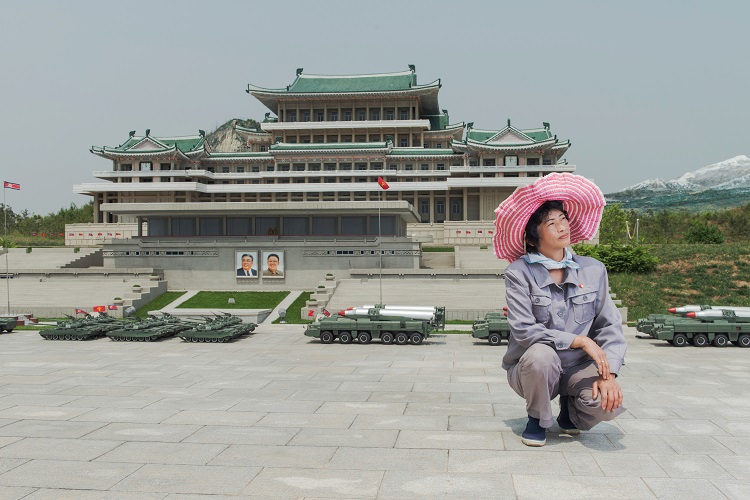
Because international newscasts paint with broad strokes, everyday life in North Korea is infrequently discussed, and therefore all the more surprising. After all, few of us are able to zoom in closer than the military parades – which, by the way, don’t really happen.
“That’s the perception of how people get to work in the morning,” Cockerell jokes. “But they haven’t had one in two years.” (The last one was in July 2013.)
This is just one surprise Cockerell and Pearson have in store for curious North Korea watchers. The biggest, though? Money. When asked what’s changed in North Korean lives in the past decade, both men mention an influx of foreign goods for purchase and markets that are more robust. Or, as Cockerell puts it: “More stuff. And more people able to buy that stuff.”
That’s right. North Korea, like just about almost any country, has a market economy, and an emerging middle-class enjoying its benefits.
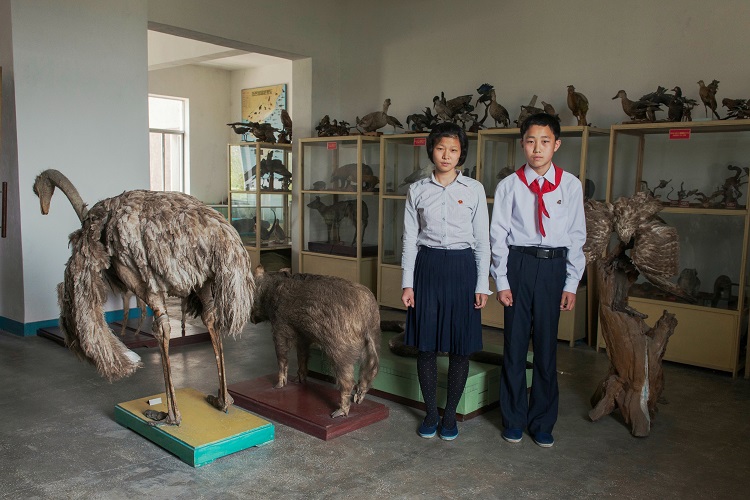
According to Pearson: “There are two economies in North Korea: the ‘official’ economy, where the means of production are owned by the state and centralized, and then there’s the ‘real’ economy, where private trade and entrepreneurship dictate the price and availability of goods.”
For example, you might not think of North Koreans as being able to video chat on their smartphones. But an increasing number can, and do. The country develops its own smartphones, which connect to the national intranet, meaning users can access (North Korean) websites and apps.
Granted, the vast majority of North Koreans can’t afford this. Yet the number that can – 2.5 million – is too large to classify as an elite social class. “You can’t have an elite that’s 10 percent of the population,” argues Cockerell.
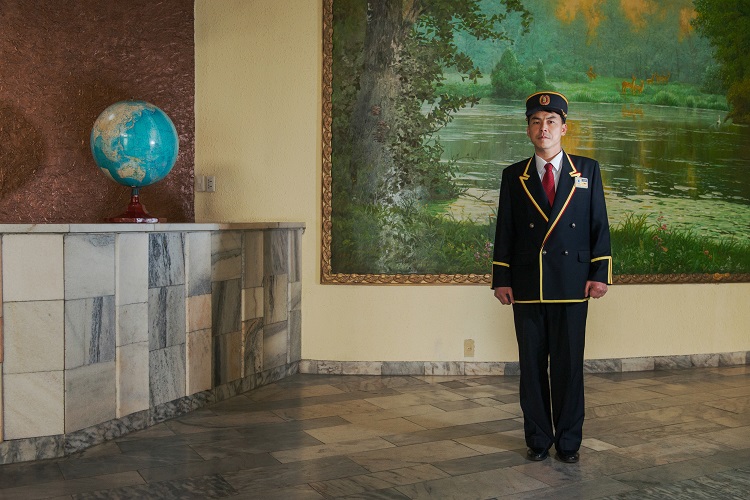
Buying power, however, is about more than smartphones. The products that are popular this year, according to Pearson, shed light on the bizarre set of circumstances in North Koreans’ lives – for example, cheap Chinese solar panels.
“People attach them to their apartment balconies,” he says. “They suck up enough power to charge a phone and power an LED light during the frequent blackouts.”
He also says that South Korean cosmetics are popular, but can’t be “openly sold as being from the South.”
A middle-class life in North Korea, after all, is different from a middle-class life anywhere else.
“They don’t have satellite TV, they don’t have private home ownership, they don’t have foreign holidays, they don’t have private schools,” says Cockerell. “They still have political education lessons every week, and they still have to go through the national curriculum, which is largely focused on learning about the revolutionary activities, as they call them, of Kim Il-sung and Jong-il.”
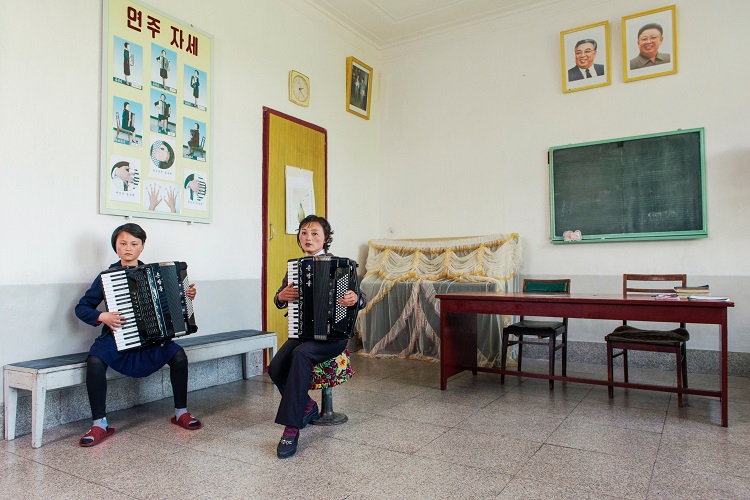
Interestingly enough, Pearson adds, women play a huge role in the unofficial market economy. Because state-appointed jobs are largely given to men, their wives often invest the family’s money in the black market. This supplements typically small official incomes. (Most people, says Pearson, have another job to counteract meager official salaries.)
Cockerell, however, cautions against referring to these as black markets: “It’s more of a gray market because everybody knows it’s there.”
The brutally difficult life of someone in the countryside, meanwhile, is a bit easier to sum up – there are no cell phones, for one. Those in countryside villages live lives of tremendous hardship, excruciating manual labor and poverty. Cockerell points out that it’s practically the same life as developing-world farmers everywhere – just with more propaganda.
The two also shed some light on something we often don’t consider from the outside: North Korean social lives.
“Karaoke and drinking tend to be the popular things to do. It’s quite a permissive society in terms of consuming alcohol,” says Cockerell. “It’s quite conservative but still, it’s not the Islamic State – women can drink alcohol and tell jokes, the ruder the better, of course. Singing songs is big, too.”
“There’s actually a name for this eating, drinking, dancing combo: Eumjugamu, and it’s an important part of life in Korea, both North and South. It literally means ‘drinking, music and dancing’ and the three are usually inseparable,” says Pearson.
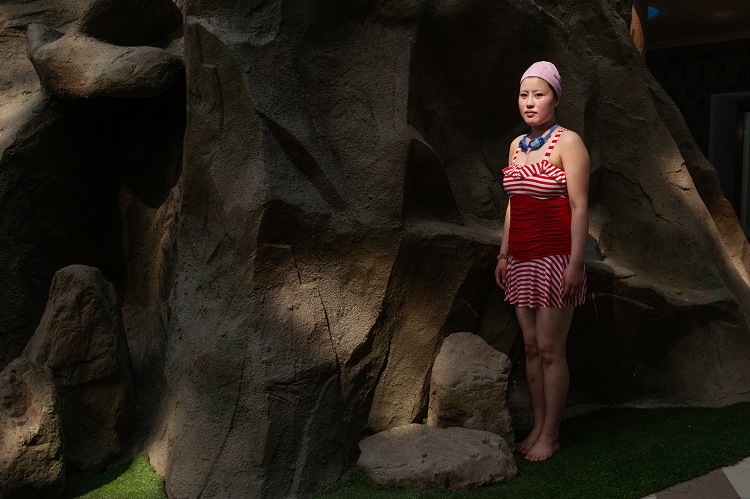
Ultimately, the two experts paint a warmer, more humane picture of North Korea – distinct from the usual government-focused rhetoric found on CNN. Alongside Tancic’s moving portraits, their Nov 1 talk has the potential to be something you might not expect from a talk on North Korea: uplifting.
“There’s much more plurality in North Korea than people expect,” says Cockerell, who, as a tour guide, has seen tourist after tourist realize this.
“Mostly they go with an intellectual idea that there are people in North Korea, but that’s different from having that confirmed viscerally by interaction,” he says. “So when they get a chance to chat with somebody, kick a football around or share a drink with some North Koreans, they realize there is more to these people’s lives than just studying the works of their leaders and thinking anti-American thoughts.”
Pearson elaborates: “There’s nothing better than sitting down and putting the world to rights over a drink or two with someone – especially if that someone is North Korean – to remind each other that we’re all human.”
> North Korea Panel of Specialists: From The Outside Looking In at the Shanghai International Literary Festival on Nov 1, 5pm, RMB75. M on the Bund, tickets. The Beijing event with James Pearson and Simon Cockerell, as advertised in the October issue of That's Beijing, is no longer scheduled to take place.
> For our full preview of the festival, click here.
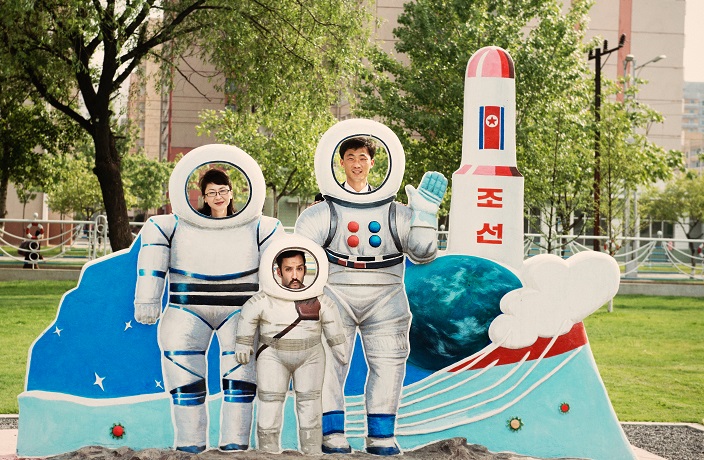




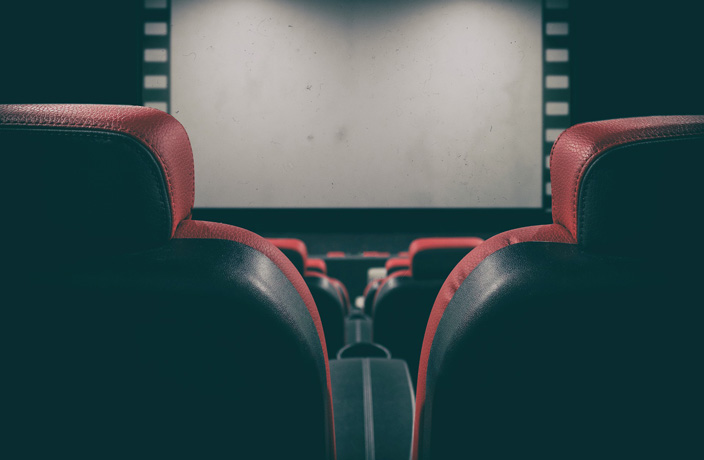
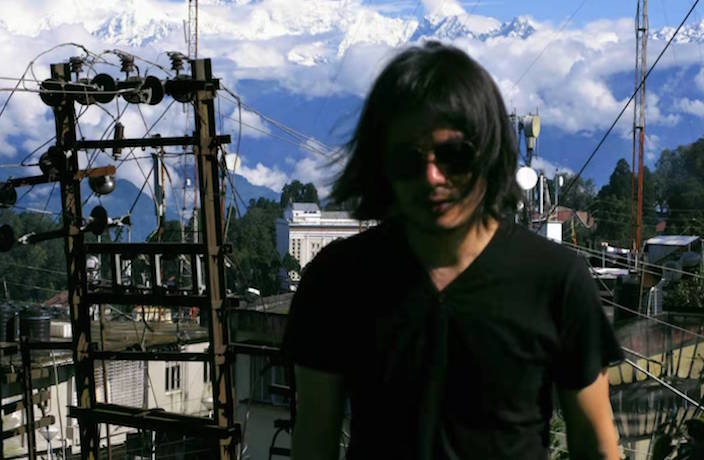
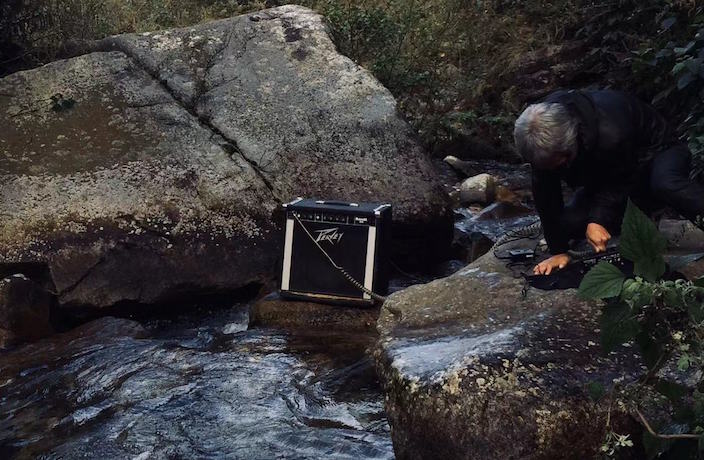














0 User Comments